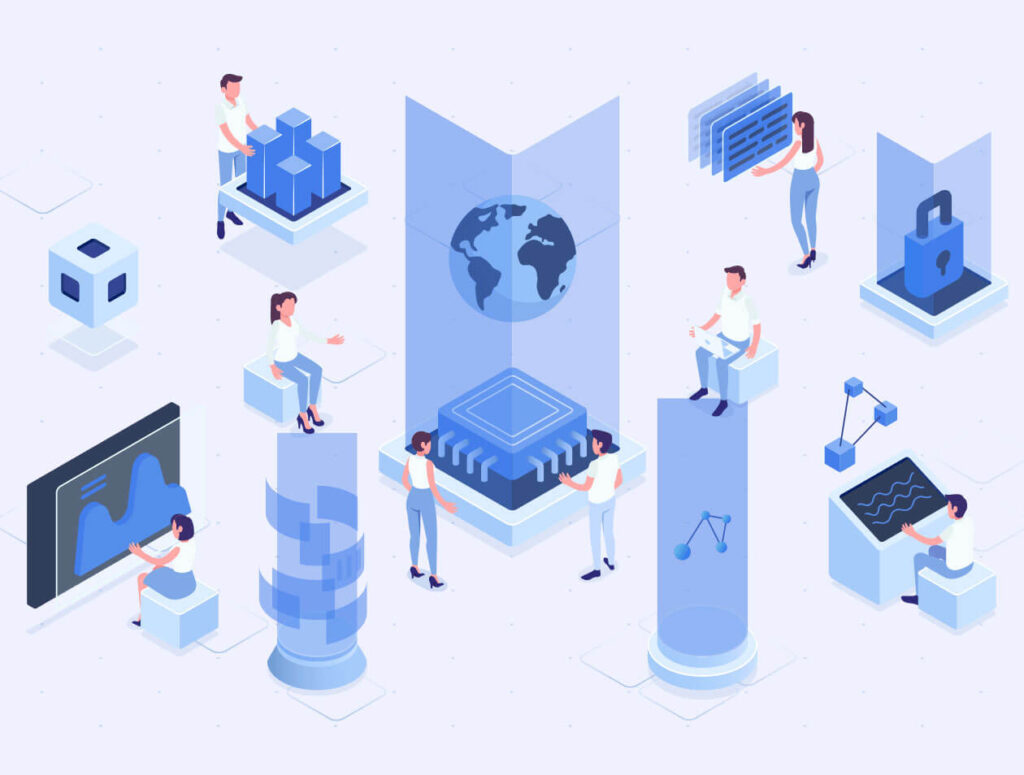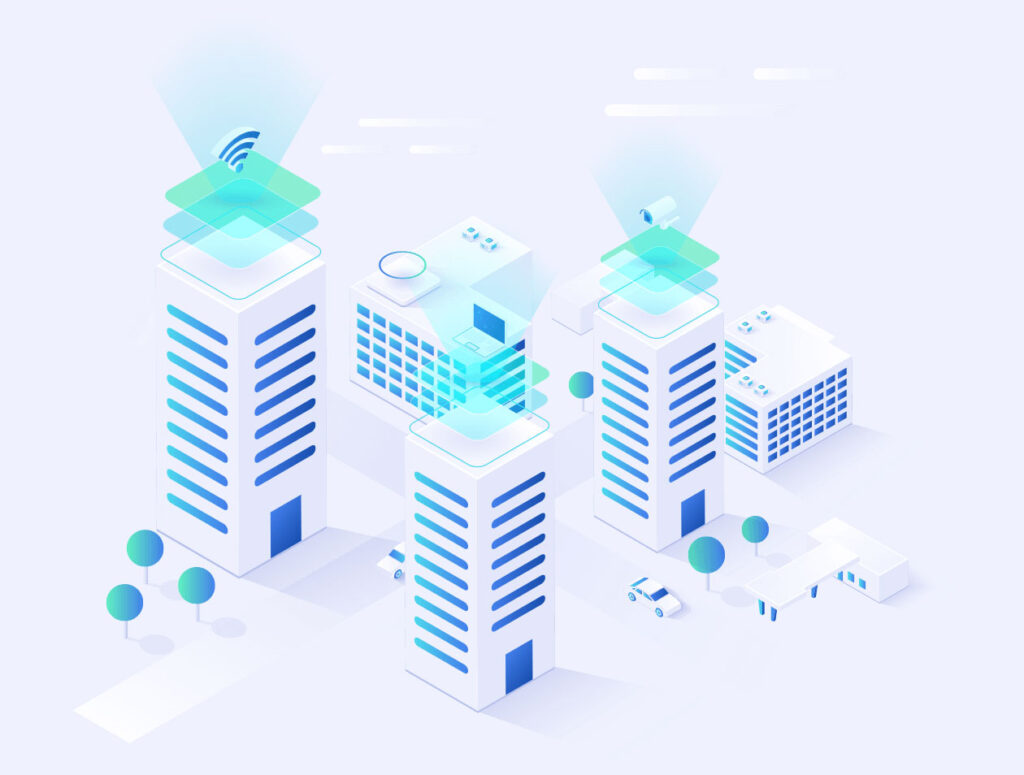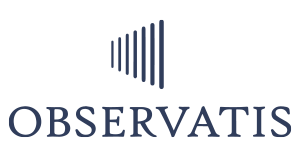You don’t need a firehose to quench a thirst.
Employees don’t need more content. They need the right content—at the right time, in the right context.
Precision Upskilling for a Disrupted Workforce
In today’s fast-moving workplace, learning fatigue is real. LMS libraries are overflowing, yet employees are disengaged from the very training meant to help them grow. The problem isn’t access—it’s relevance.
Traditional eLearning assumes one-size-fits-all. But your workforce is more nuanced than that. Skill gaps vary by team, role, even mood. And static content delivery can’t keep up with dynamic business needs.
“Employees don’t need more content. They need the right content.”
We’ve moved beyond the “How satisfied are you?” questions. Observatis analyzes 10 critical engagement pillars, each one tied to a key retention or performance risk vector:
- Workplace Safety
- Job Stress
- Job Satisfaction
- Control Scale (autonomy at work)
- Personal Efficacy
- Social Support
- Organizational Commitment
- Turnover Intention
- Cybersecurity Awareness
- DEIB Sentiment
You can also add custom pillars unique to your culture or industry.
Compliance Challenges
Organizations are struggling with:
Low course completion rates
Poor retention of learning outcomes
Mismatch between training and role-based needs
Overwhelming content volume with no context
Learning systems that don’t respond to performance or risk data
The result? Learning becomes a box to check, not a lever for retention and performance.
Adaptive Deployment
At Observatis, we’ve combined the power of microlearning with machine learning (ML) to build a smarter, real-time development engine.
Introducing Adaptive Knowledge Intelligence — the engine that personalizes development plans based on actual organizational risk and growth patterns.
Here’s how it works:
✅ Detects Gaps in Real Time
Our ML model flags where learning is needed based on engagement, competency, or performance signals.
✅ Delivers Microlearning at the Moment of Need
Short, targeted learning moments are delivered directly to individuals—aligned with their role, risk profile, and team dynamics.
✅ Closes Loops with Actionable Data
Every learning moment is tied back to an outcome, whether it’s improved engagement, reduced attrition, or skill development.
✅ Integrates with Observatis’s Full Empowerment Suite
Microlearning isn’t an afterthought. It’s triggered by diagnostic signals—happiness drops, job stress spikes, role misalignment, etc.
Why It Matters?
According to Deloitte, organizations that implement adaptive learning strategies see 50% faster skill acquisition and 30% higher retention of employees compared to traditional training.
When learning is timely, personal, and relevant, it becomes a retention strategy—not just an HR task.


Emerging Scientific Insights
Recent studies from MIT’s Integrated Learning Initiative (MITili) emphasize the power of “Just-In-Time” microlearning, which reinforces knowledge when cognitive readiness is highest. This model increases transfer of knowledge and encourages learner autonomy.
Meanwhile, research in behavioral learning science highlights that short bursts of training tied to emotional or performance triggers lead to higher retention and motivation.
Industry Signals from recent Research
Deloitte’s Human Capital Trends 2024: 70% of organizations say employees are “overwhelmed by learning options,” yet only 38% can match skills gaps with targeted learning.
Harvard Business Review (2023): Microlearning increases knowledge retention by 80%, especially when paired with contextual cues and ML-powered timing.
LinkedIn Workplace Learning Report (2024): The most in-demand skill isn’t technical—it’s the ability to learn faster. Organizations with adaptive learning systems see 30% higher internal mobility.
World Economic Forum: 44% of workers’ skills will need to change by 2027. Short-form, embedded learning is key to meeting that demand without disrupting work.
Pioneers Lighting the Path
Amazon has built internal ML-powered platforms to deliver training at the moment of skill gap detection, particularly in their warehouse and tech operations.
PwC’s Digital Fitness app uses microlearning, behavioral nudges, and role-based personalization to upskill employees across 150+ countries.
Coursera’s SkillSets platform—partnered with top universities—builds career-aligned microlearning paths based on workforce data.
These organizations are redefining L&D—not with more content, but with smarter delivery.
Your Microlearning Action Blueprint
Use this diagnostic checklist to assess your organization’s readiness for adaptive microlearning:
Are your learning paths based on actual performance and engagement data?
Do you provide short, targeted learning moments (under 10 minutes)?
Is training tied to retention, stress, or skill misalignment risks?
Can you track impact of learning on organizational outcomes?
Do managers receive real-time nudges to support learning moments?
If more than two answers are “no” — it’s time to rethink your learning strategy.
Want to See How It Works in Your Organization?
We’d love to show you how Observatis pairs microlearning with ML to drive growth, reduce turnover, and create purposeful learning journeys.
References & Credits
Deloitte Insights (2024). Human Capital Trends Report
Harvard Business Review (2023). Microlearning: The Right Way to Learn in the Flow of Work
LinkedIn Learning (2024). Workplace Learning Report
World Economic Forum (2023). Future of Jobs Report
McKinsey (2023). Reskilling in the Age of AI
- Observatis ML Models & Data Frameworks (2024), internal IP documentation.





Anonymous
We’ve been struggling with adoption of our LMS content—this really speaks to the importance of timing and relevance. Curious to learn more.
Anonymous
Love the angle of personalization. We’ve invested in content libraries, but this raises a great point: Do employees actually use them?
Anonymous
I agree—training needs to feel like fuel, not friction. Microlearning has huge potential, especially with AI to guide the way.
Anonymous
As someone overseeing upskilling initiatives, I’d love to understand how Observatis determines the ‘right’ content per employee.
Anonymous
We’ve moved from macro training to bite-sized nudges, and it’s changed the way people engage. Excited to see ML come into play.
Anonymous
Most orgs still think content volume = learning effectiveness. This flipped that thinking for me.
Anonymous
If we could tie microlearning to real-time performance or retention metrics, it would shift how we budget L&D. Is that something Observatis supports?
Anonymous
This reframes the conversation—it’s not about training employees but about activating their potential. Very timely